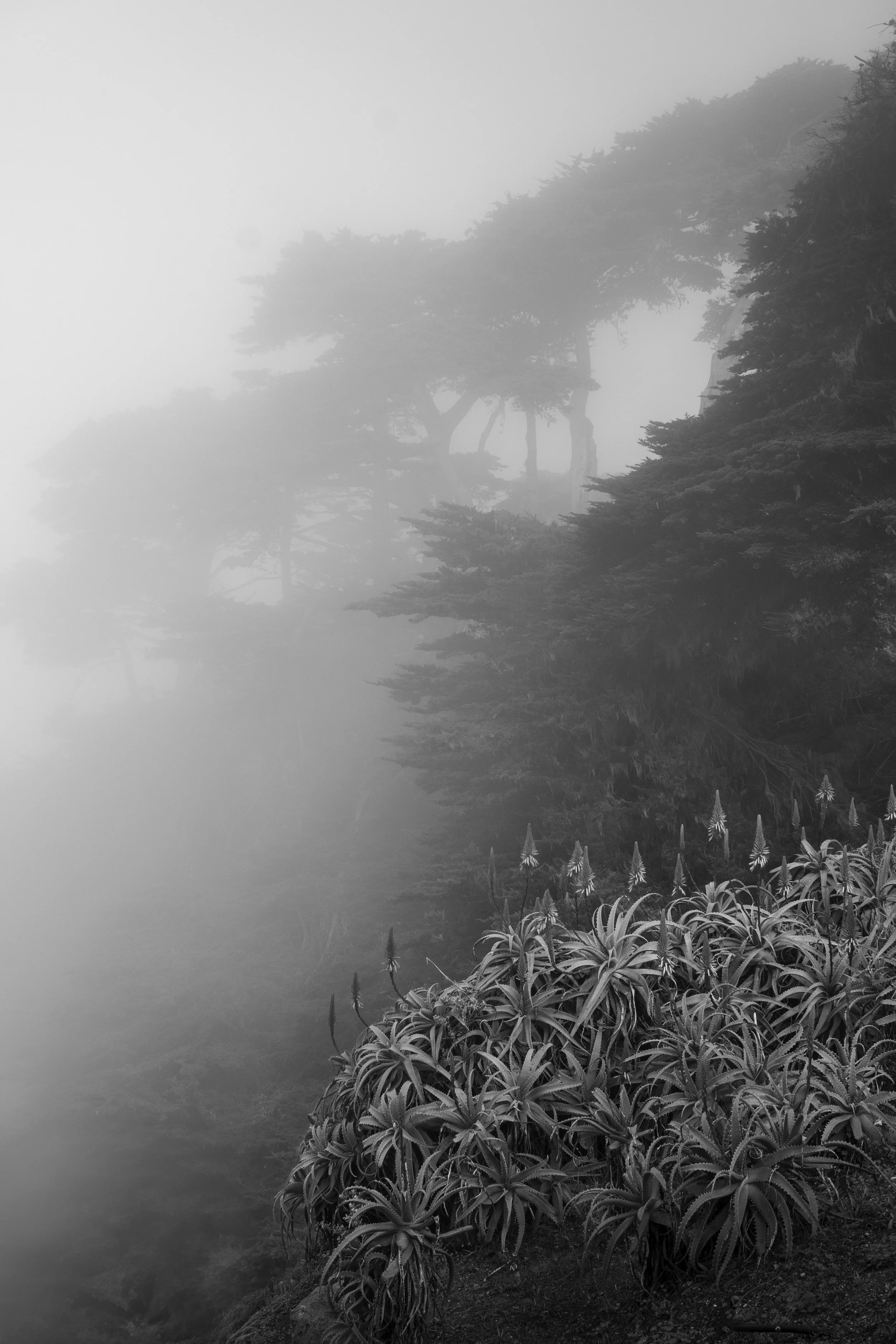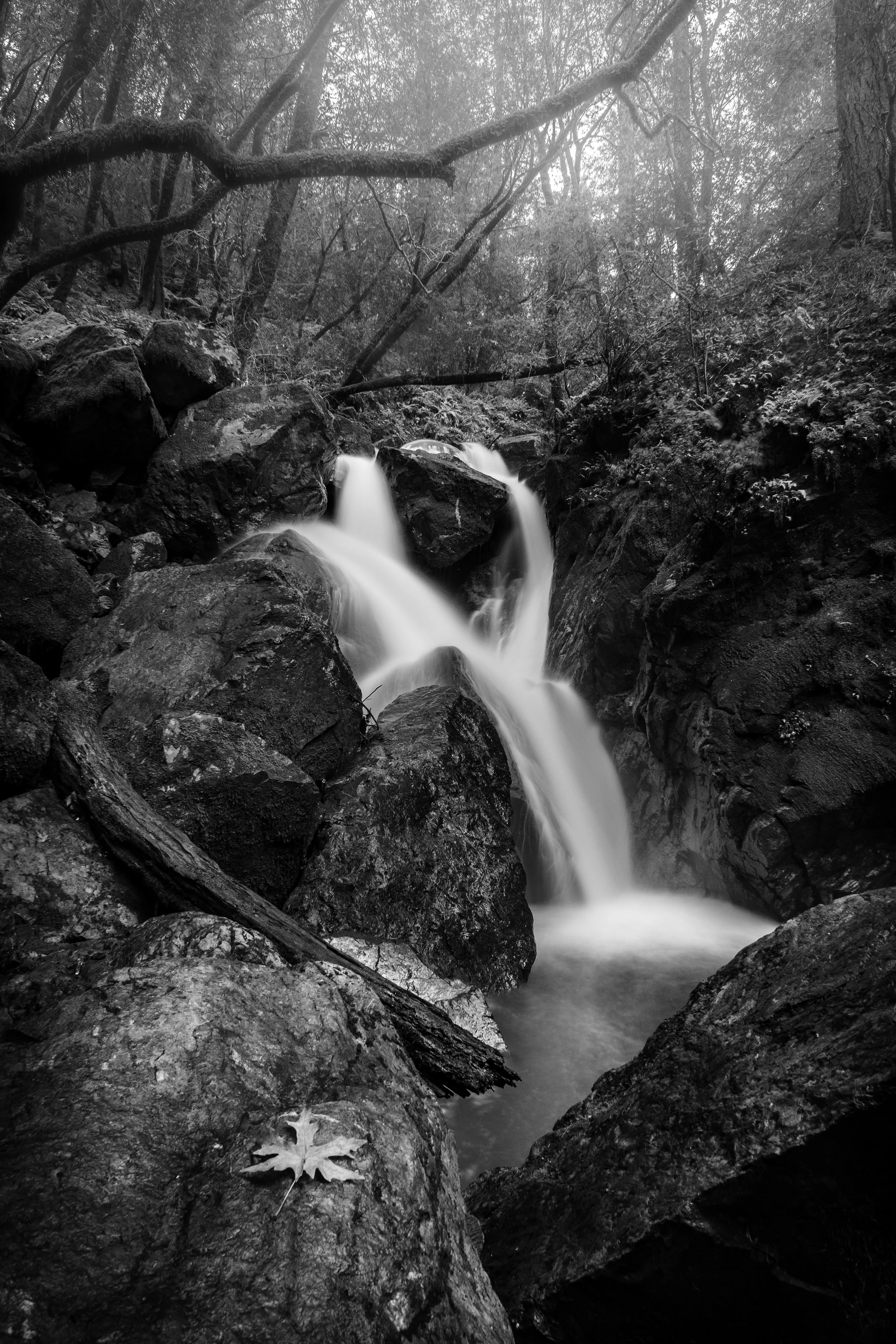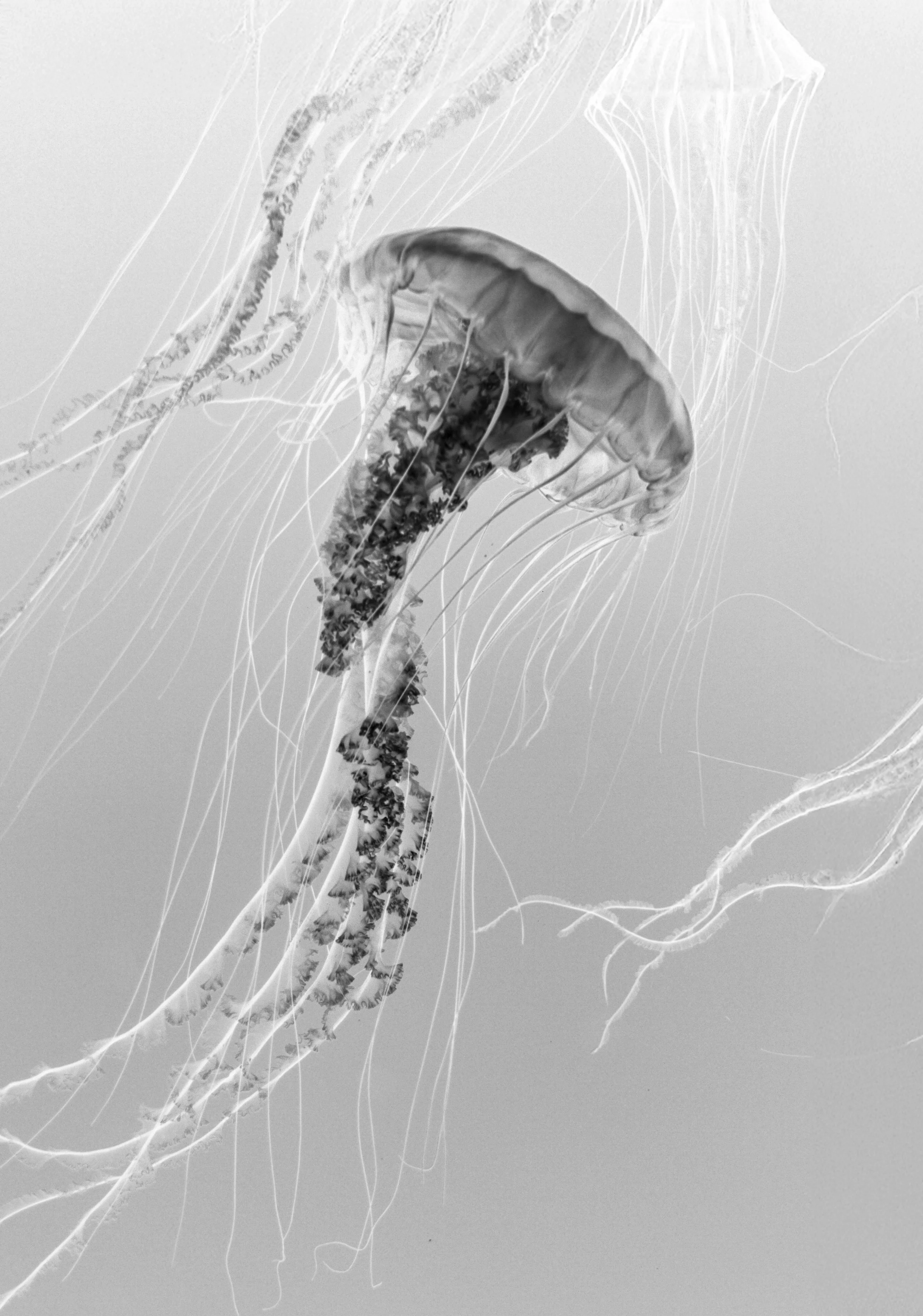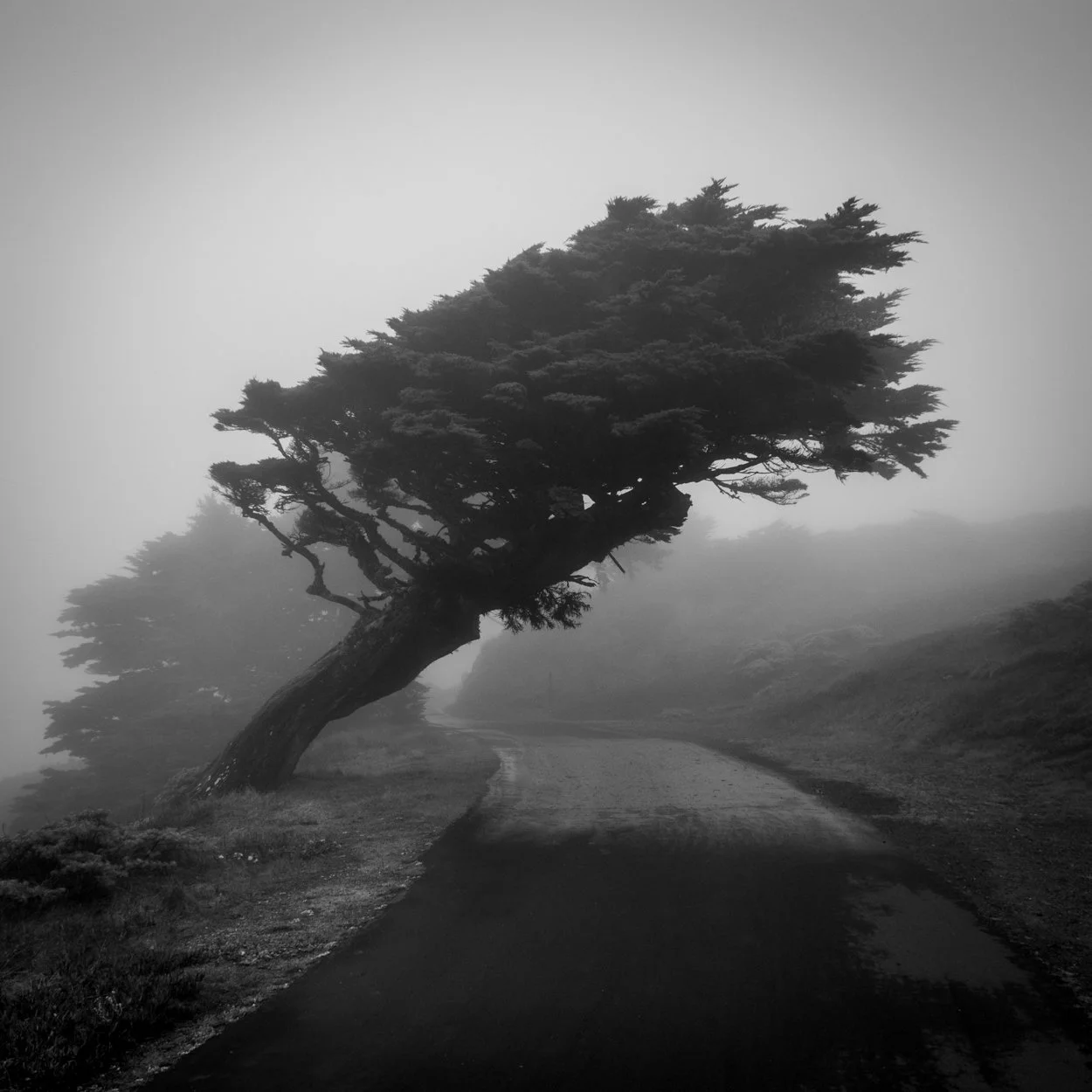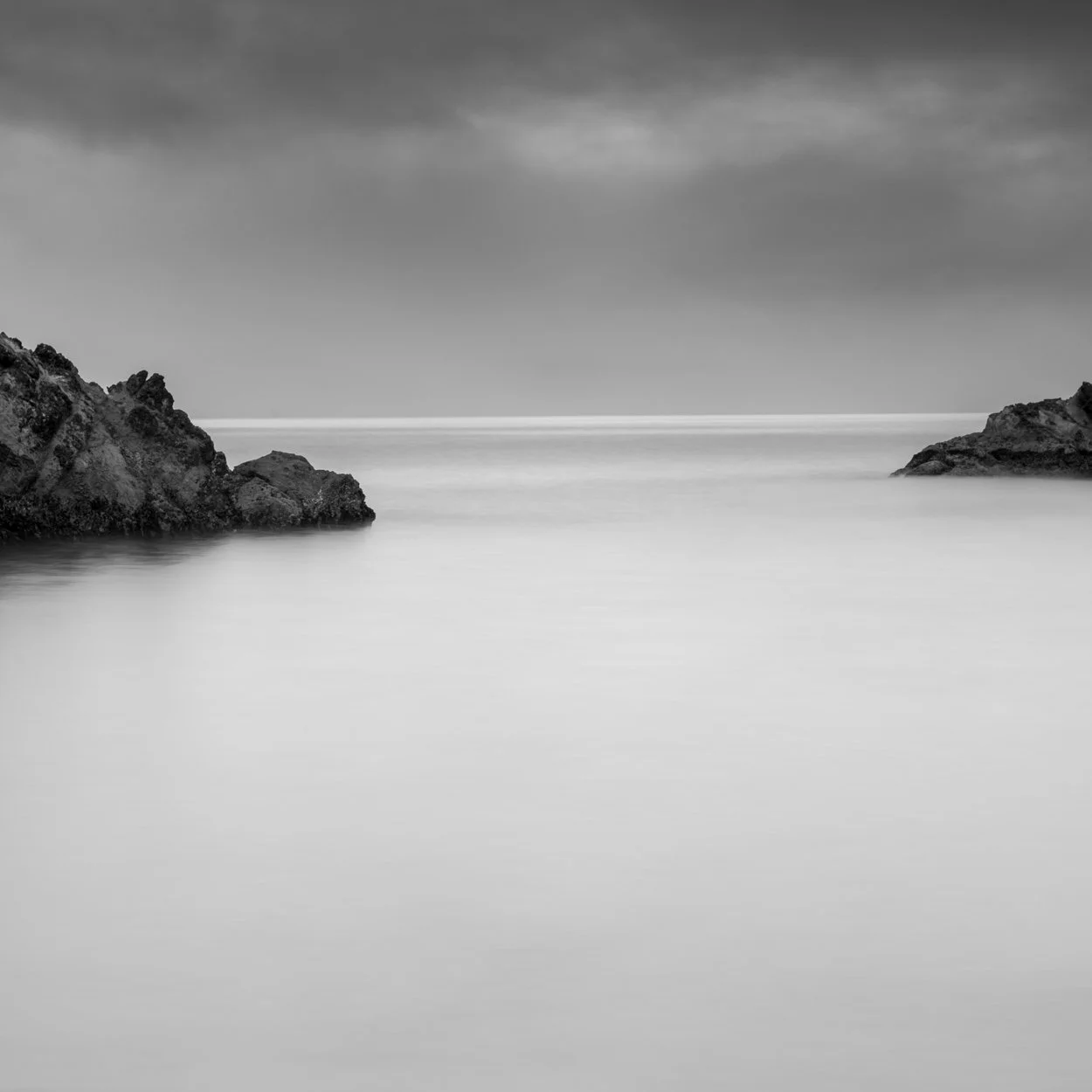As the sun reaches its peak, casting strong, radiant light across the landscape, infrared season comes alive. The world transforms into an otherworldly dreamscape—leaves and grass glowing like frost, skies deepening to an inky black, and reflections in full lakes shimmering like portals to another dimension. Every bright, sunny day presents an opportunity to see beyond the visible spectrum, revealing the unseen magic hidden in the ordinary.
Wandering through nearby parks, the majestic oaks stand tall, their canopies glowing white, their branches twisting in intricate patterns. These trees, witnesses to time, seem even more ancient and wise in the surreal glow of infrared. The contrast between shadow and light is striking, a reminder that photography is not just about capturing reality but interpreting it through a different lens.
To temper the stark beauty of traditional black and white infrared, I’ve decided to introduce a sepia tone—a subtle warmth that transforms the image into something timeless and inviting. This infusion of warmth softens the stark contrast, lending a nostalgic, almost cinematic quality. It bridges the gap between past and present, making the surreal dreamscape feel more tangible, more connected to human memory and emotion.
Each image becomes an experiment in perception, a fusion of technique and vision, a play between light and shadow, contrast and warmth. As I work with these images, adding layers for depth and texture, I find new ways to bring them to life, to make them not just photographs, but experiences—windows into a world that exists just beyond what the eye can see.
Infrared season is here and creative possibilities are endless. Every bright, sunny day invites exploration, creativity, and the chance to see the world in a way that few ever do.
M

